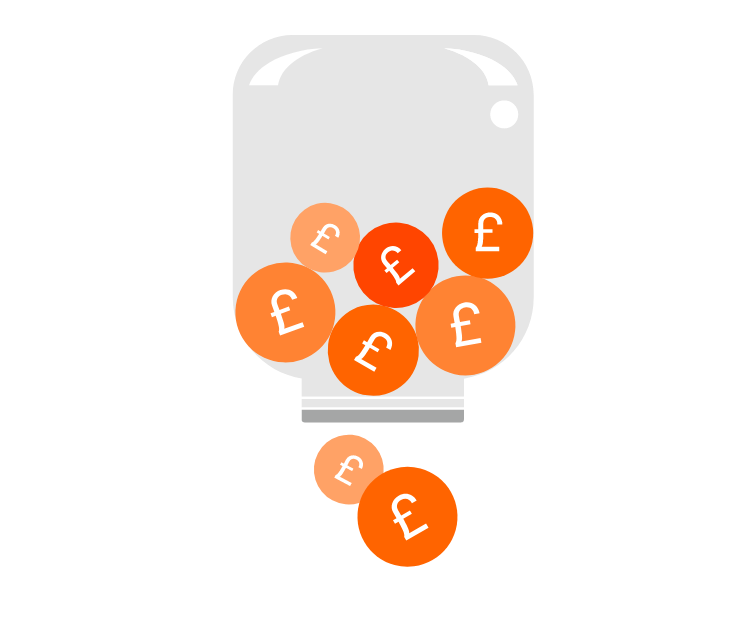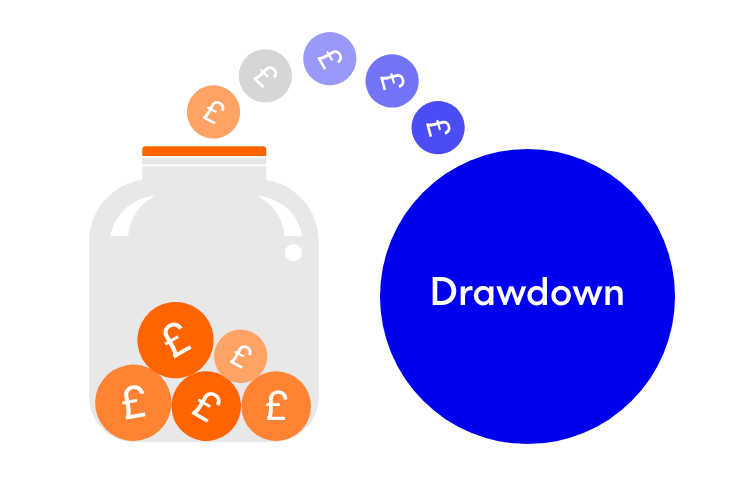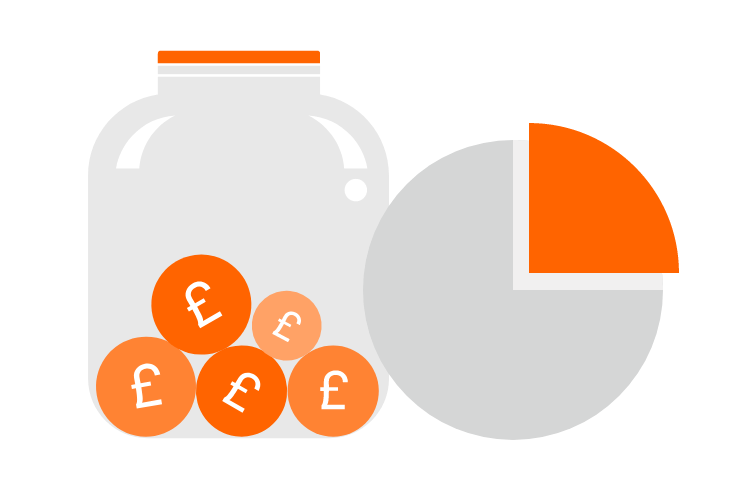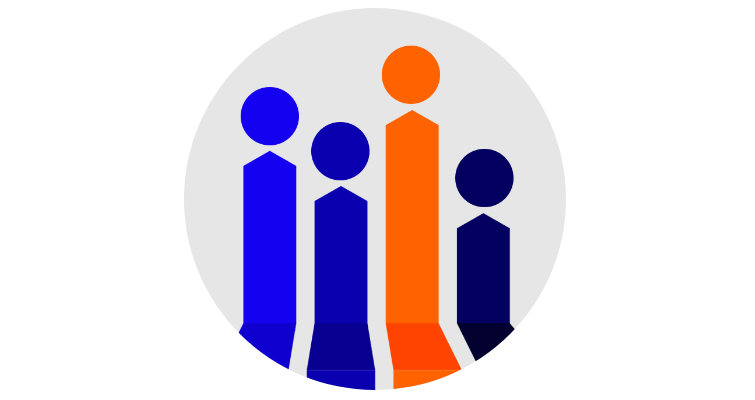ii SIPP
SIPP income drawdown
Take up to 25% of your pension tax-free, and set up regular or one-off income payments for the rest.

Important information: The ii SIPP is for people who want to make their own decisions when investing for retirement. As investment values can go down as well as up, you may end up with a retirement fund that’s worth less than what you invested. Usually, you won’t be able to withdraw your money until age 55 (57 from 2028). Before transferring your pension, check if you’ll be charged any exit fees and make sure you don't lose any valuable benefits such as guaranteed annuity rates, lower protected pension age or matching employer contributions. If you’re unsure about opening a SIPP or transferring your pension(s), please speak to an authorised financial adviser.
Important information on pension withdrawals
Once a request to make a withdrawal from a pension has been made it cannot be cancelled. This means Tax Treatment & Pension Allowances changes cannot be reversed. If you are unsure do not request a withdrawal. We recommend speaking to an authorised financial advisor or seeking guidance from the Government’s Pensionwise Service.
What is drawdown and how does it work?
Drawdown, also known as flexi-access drawdown, is a flexible way of withdrawing money from your pension. You can take some or all of your pension this way.
You’ll start by moving your chosen amount into a drawdown pot. You may have seen this described as a drawdown arrangement, or crystallised fund.
The first 25% can be taken as a tax-free lump sum (up to a maximum of £268,275).
The rest of the drawdown pot is taxed like normal income when you withdraw it. You can:
- Set up regular withdrawals (e.g. monthly)
- Or take lump sums as and when you need them.
The money in your drawdown pot remains invested.

Drawdown: a simple example
Sarah has £400,000 in her pension. She chooses to move £100,000 into a drawdown pot, leaving £300,000 in her non-drawdown pot.
- She takes the first 25% (£25,000) as a tax-free lump sum.
- She decides to take the remaining £75,000 in monthly withdrawals of £1,000 - which are subject to income tax.
She can take more money from her pension at any time - even before her drawdown pot has run out.
For example, she could move more money into drawdown, or choose another option such as UFPLS or an annuity.

How to use drawdown with your ii SIPP
There are no charges for taking an income from your pension. It's all covered by your monthly SIPP fee.
Move funds into drawdown
You can move some or all of your SIPP into a drawdown pot and take a tax-free lump sum using your online account.
At the same time, you will be able to set up single or regular income withdrawals.
You will need to do this whether you are moving into drawdown for the first time, or moving further funds into drawdown. Learn more
Change your existing drawdown arrangement
If you want to set up, change or stop income withdrawals from an existing drawdown arrangement, this can be done using your online account.
Requesting a one-off payment from your drawdown arrangement
You can request a one-off taxable payment from an existing drawdown arrangement online. Learn more
Capped drawdown
This is only available if you have already moved into capped drawdown. You can have a mix of capped and flexi-access drawdown pots in your SIPP.
If you would like to move further funds into capped drawdown, you will need to download and complete a Taking Pension Benefits Capped form.
If you want to set up, change or stop income withdrawals from an existing capped drawdown pot, complete a 'Starting or amending income payments for capped drawdown' form.

Investing in drawdown
When you move funds into drawdown with your ii SIPP, you will need to decide how you want your fund to be invested in the future.
You can continue to choose your own investments, or you can choose from our four Investment Pathways.
These are selected by our experts to match four common goals people have when moving funds into drawdown. They also offer excellent value for money.

Learn more about drawdown
How is drawdown income taxed?
The first 25% of each amount moved into drawdown can be taken as a tax-free lump sum (up to a maximum of £268,275). The remaining amount is taxed like a normal income when you receive it:
- If you have no income from any other sources, the first £12,570 per year is tax-free.
- 20% on annual income between £12,570 and £50,270.
- 40% on annual income between £50,270 to £125,140.
- 45% on annual income above £125,140.
Important: Month 1 emergency tax code
When you first take a taxable income from your pension, you may be assigned a 'Month 1' emergency tax code. This could result in a tax overpayment in the first month. If so, you can claim this back from HMRC.
How can Pension Wise help?
If you have a defined contribution pension scheme and are 50 or over, then you can access free, impartial guidance on your pension options by booking a face to face or telephone appointment with Pension Wise, a service from MoneyHelper.
If you are under 50, you can still access free, impartial help and information about your pensions from MoneyHelper.

What are the alternatives to drawdown?
Lump sums (UFPLS)
A flexible way to take your pension income, as and when you need it. Learn more
Annuity (with another provider)
Get a guaranteed income in return for some or all of your pension. Learn more